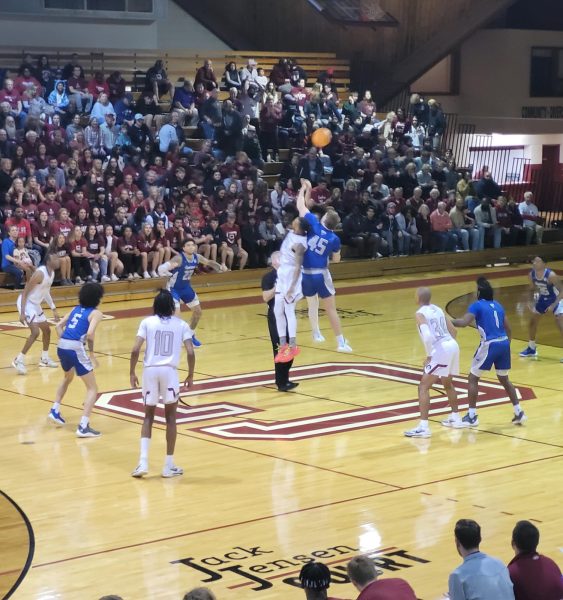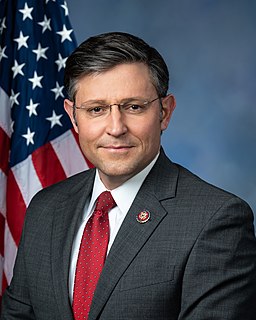Protests over Russian censorship snowball into arrests

“People Gather during a Protest against the Jailing of Opposition Leader Alexei Navalny at the Statue of Alexander Pushkin in Moscow, Russia, on Saturday.”
Jan. 23, 2021. To many, this was just a regular Saturday. However, for protesters in Russia, Jan. 23 was anything but ordinary.
On that Saturday, over 20,000 Russians banded together to protest the arrest of Aleksei A. Navalny, an opposition leader widely known for criticizing Vladimir Putin. The protesters were primarily younger Russian citizens, demonstrating a common shift towards youth speaking up against government misdeeds worldwide.
This particular protest did not put too much of a strain on Putin’s power. However, it was one of the largest protests in recent Russian history, marking people’s growing displeasure with corruption in the Russian government.
Many of the protestors bombarded the police with snowballs while chanting that Putin was a thief. About 3,100 people were arrested for their participation in the protests across 109 Russian cities, including Navalny’s wife, Yulia Navalnaya.
According to the New York Times, an attempt was made on Navalny’s life in August of last year. He was poisoned by Novichok, an extremely toxic nerve agent, and was later taken to Germany for recovery.
Once he recovered, he tried to make his way back to Russia, where he was arrested upon arrival.
The New York Times stated that Russian officials are attempting to imprison Navalny for one year. They claim that he infringed the parole he received in 2015. As of Jan. 18, he was imprisoned for thirty days.
This protest has even garnered the attention of the U.S. Department of State. They tried to intervene by stating that Russia was violating its citizen’s human rights. In regard to the Russian response toward Navalny and the protests, the Department stated:
“We call on Russian authorities to release all those detained for exercising their universal rights and for the immediate and unconditional release of Aleksey Navalny. We urge Russia to fully cooperate with the international community’s investigation into the poisoning of Aleksey Navalny and credibly explain the use of a chemical weapon on its soil. The United States will stand shoulder-to-shoulder with our allies and partners in defense of human rights – whether in Russia or wherever they come under threat.”
Does Navalny pose much of a threat to Putin’s regime? A survey of Russian citizens was taken in November to see who they wanted as their president. Only two percent of the people who responded mentioned Navalny. Meanwhile, 55 percent mentioned Putin.
It’s difficult to tell with these types of surveys. With Putin having been in power for so long, people likely find it difficult to imagine anyone else in office. Navalny is clearly seen as a threat with the actions that have been taken against him.
Natalya Shelkova, professor of economics at Guilford College, spoke on the magnitude as well as possible implications of the recent protests.
“While the protests were widespread, and at times violent, they were not very massive,” Shelkova said. “As some sources mention, millions of TikTok and Youtube views did not quite convert into action. And partly, I believe, it is because the opposition leaders still do not have a clear platform that explains why they are better than the current administration. Their platform is simply ‘we are against’…”
“Russia needs an inspirational opposition leader without clear connection to the West to be legitimate in the eyes of its people, and with a qualitatively new agenda. I hope it can happen organically, without violent events,” Shelkova continued. “We have seen too much violence in our history.”








